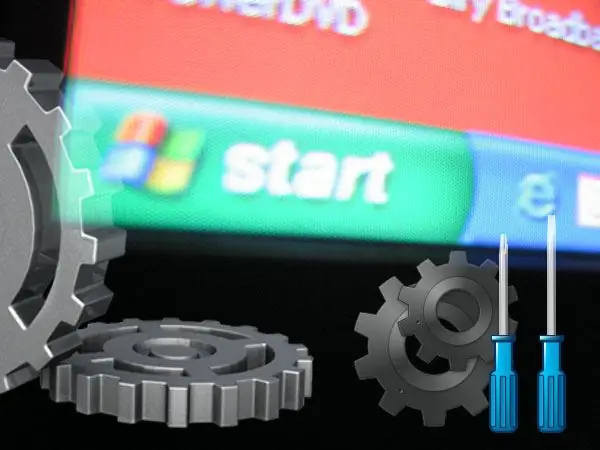Sometimes, when you try to modify or delete a file, the operating system will inform you that it cannot be done because the file is write-protected. In some cases, this obstacle cannot be removed - for example, if the file is on a CD-R disc with a finalized recording. For other cases, it is possible to find solutions, some of which are given below.

Instructions
Step 1
In the simplest case, it may be sufficient to uncheck the "Read Only" checkbox in the file attributes. To get to it, right-click the problematic file and select the bottom line in the context menu ("Properties"). The required attribute is located on the General tab of the file properties window.
Step 2
If the file you are interested in lies on another computer on the local network, then the reason may be that its network users do not have permission to change this file. To grant the appropriate permission, a user with administrator rights on that computer must right-click it and select Sharing and Security from the context menu. The folder properties window will open, where on the “Security” tab you should select a group of network users and check the boxes next to the corresponding items - either “Full Control”, or “Change”, or “Record”.
Step 3
If the problem occurs with a system file on your own computer, then right-clicking it and choosing Properties from the context menu, go to the Security tab and click the Advanced button there. As a result, another window will open where you will need the "Owner" tab. In the list under the heading "Change owner to", select the line with the account of the user with whose login you are logged in. By clicking the "OK" button here you will change the old owner of this file, attributing it to yourself. Then click the "OK" button to commit the changes to the file properties window.
Once you become the owner of the file, there should be no obstacles to writing or deleting.
Step 4
Another reason for the impossibility of manipulating the file may be that at this moment it is involved in the work of a program. If it is an application, just close it. If it is a system file, you can try closing the program forcibly using the Windows Task Manager. To start it press the key combination alt="Image" + CTRL + Delete. On the "Processes" tab, you need to find the one you need, click on it and click the "End Process" button. If this fails, then restart your computer in safe mode and perform the operation there. In safe mode, the operating system works in a truncated form, so it is highly likely that the file you need will not be used.






